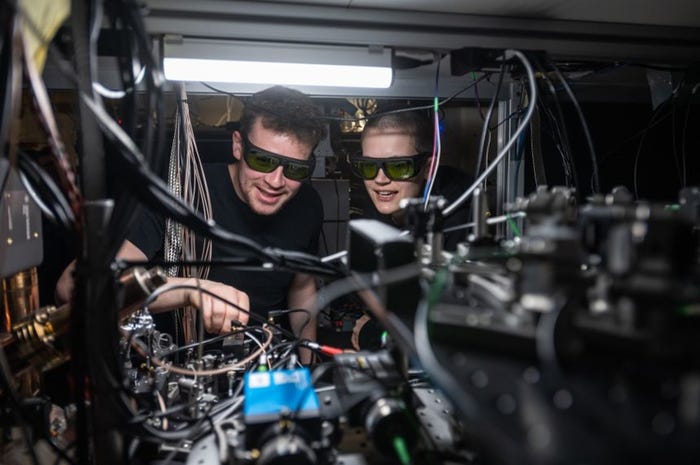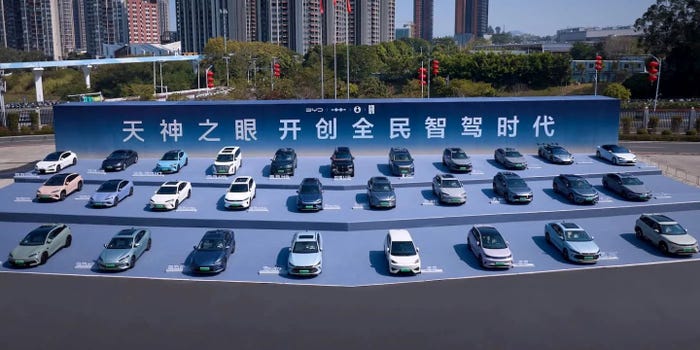Autonomous car survey: Public lacks clarity on current featuresAutonomous car survey: Public lacks clarity on current features
A recent autonomous vehicle survey from Bosch shows that drivers aren’t using, or simply don’t know about, many of the advanced driving assistance features vehicles currently have.
August 12, 2017

While drivers can see themselves in fully autonomous vehicles, they aren’t using, or simply don’t know about, many of the advanced driving assistance features vehicles currently have, according to a recent survey by Bosch.
More than half of the 1,000 new car buyers surveyed indicated that they expected to own an autonomous vehicle within the next 10 years. But at the same time, a majority of those surveyed were unaware of advanced driving assistance features available now, acceptance of which will be crucial to overcoming driver concerns on control and technology, and accelerate the path to fully automated driving.
“Consumers are really bullish on automated driving and they think it’s coming very quickly,” said Tim Wieland, Bosch manager of media and public relations. “But there are gaps in education that remain.”
Bosch conducted the survey to take the pulse of consumers and see what barriers remain to the acceptance of autonomous vehicles. When asked to name the No. 1 safety feature in their vehicle today, the most frequent answer from respondents was “airbags.” When asked to name what that would be in 10 years, they name advanced driver assistance systems (ADAS) or automated features.
Yet such features already exist — and many are standard on new vehicles. For instance, electronic stability control — a system that can intervene to reduce rollovers — was introduced by Bosch to the market in 1995 and has been a mandated feature on all new vehicles since the 2012 model year. But just 21% of those surveyed thought electronic stability control was available on all new vehicles.
What’s more, potential buyers have high hopes about the safety benefits autonomous vehicles bring, but some 72% expressed concern over a “lack of control” with such vehicles, with 65% noting that “unproven technology” is an issue.
Creating a better understanding in the marketplace of the current features available can build the foundation for acceptance and understanding of future innovations, and that will take industrywide and government collaboration, according to Wieland. But education efforts need to extend as far as the dealer level, he said. Bosch has taken steps to that end, providing turnkey content, programs and series of ride-and-drives around the country. Bosch has also launched something called the Bosch Automated Mobility Academy, a virtual school through which consumers can explore how a car is “learning to drive itself.”
“[Dealerships] are the touch point with the consumer,” Wieland said. “[Drivers] need to see it and experience it if they’re going to be more comfortable with it.”
About the Author
You May Also Like






